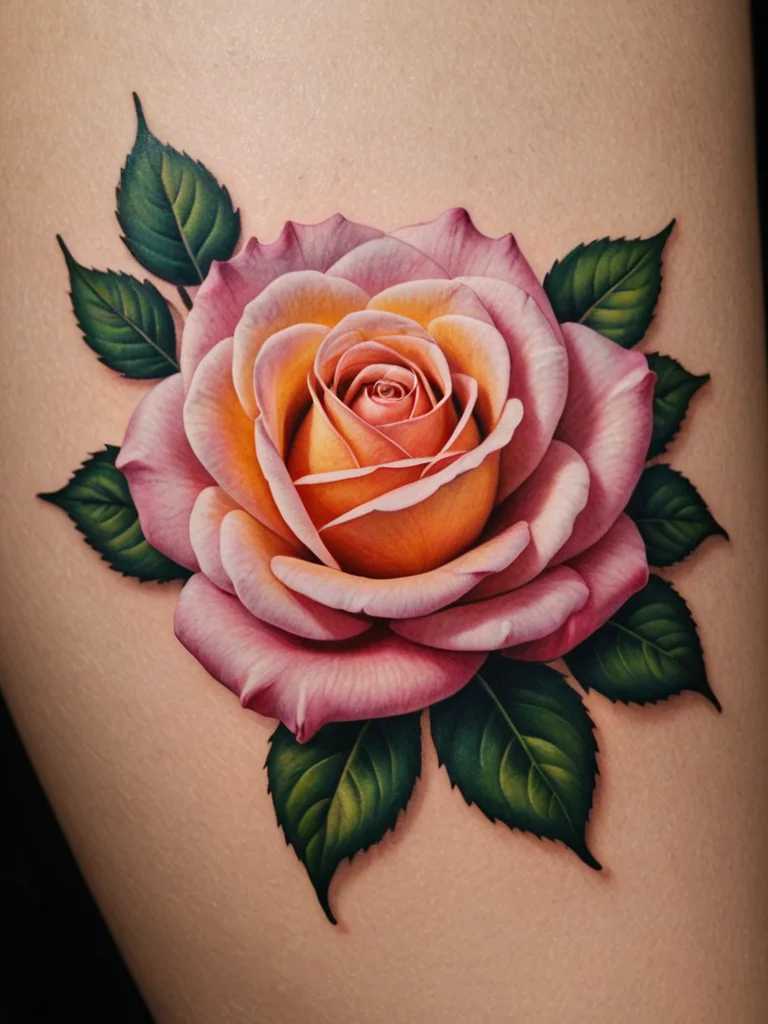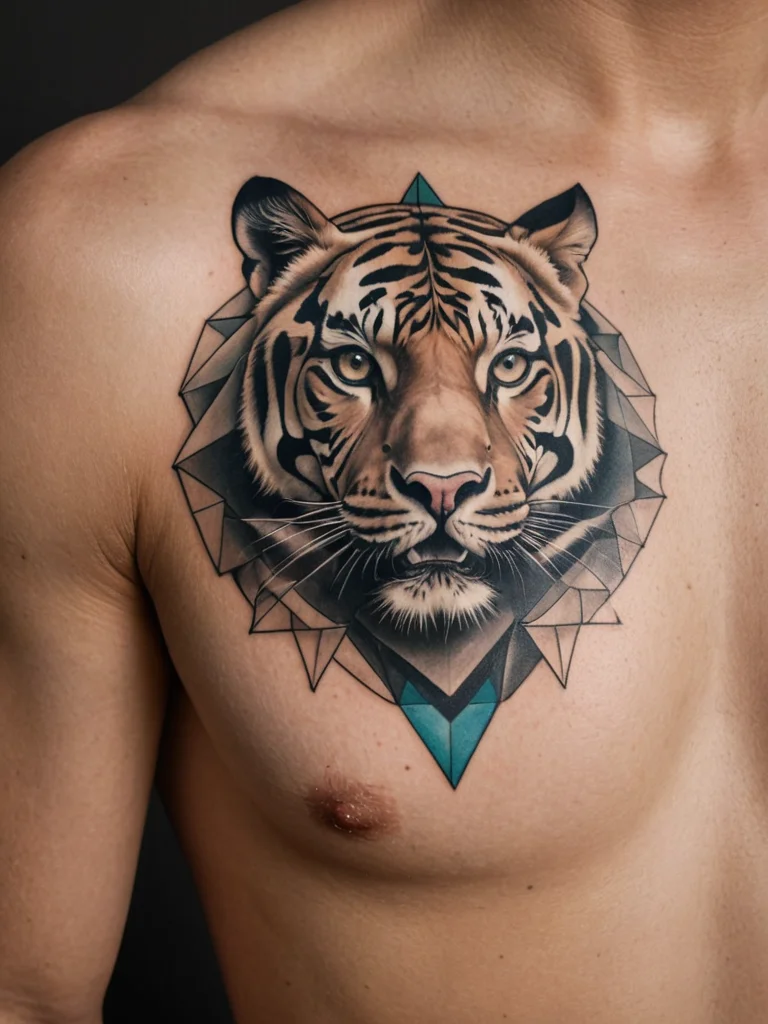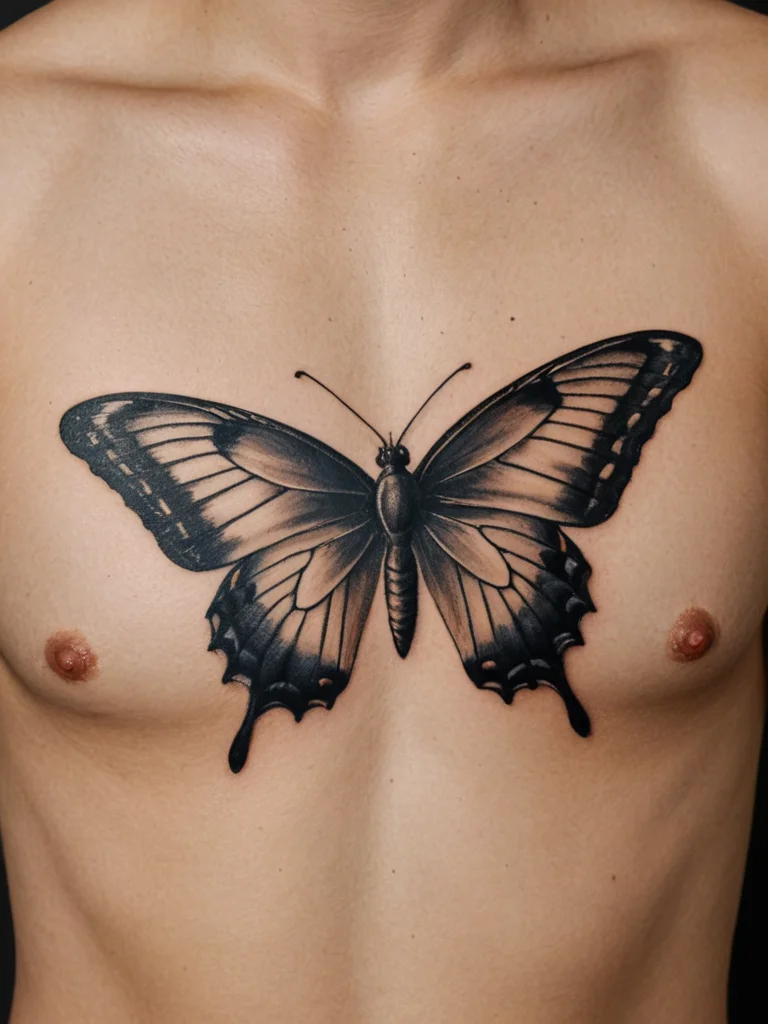The allure of tattooing has never been stronger. Across the globe, millions embrace body art not just as a personal statement, but as a form of self-expression deeply intertwined with their identity. Yet, as the popularity of tattoos continues to surge, a persistent question lingers for many: how will this ink affect my career? The perceived dichotomy between artistic expression and professional conformity is a complex one, often fraught with outdated assumptions and evolving societal norms. Historically, visible tattoos were often associated with subcultures, rebellion, or even criminality, leading to a widespread stigma that has, until relatively recently, cast a long shadow over the professional lives of those who bear them. However, the landscape of the modern workplace is rapidly transforming. As companies increasingly recognize the value of diversity, individuality, and authentic self-expression, the conversation around tattoos in professional settings is shifting. This article delves into the nuanced reality of how tattoos can influence your career, exploring industry acceptance, offering strategies for navigating professional environments, and providing insights into the future of ink in the workplace.
Assessing the impact: industries where tattoos are most and least accepted

The acceptability of tattoos in the workplace is far from uniform; it’s a spectrum heavily influenced by the industry, company culture, and even geographical location. Understanding these differences is crucial for anyone considering or already sporting tattoos and aiming for professional advancement. Traditionally, highly conservative sectors such as finance, law, and certain areas of government have maintained stricter dress codes and appearance policies, often viewing visible tattoos as unprofessional or distracting. In these environments, even a small, discreet tattoo might be subject to scrutiny. For instance, a client-facing role in a major investment bank or a courtroom appearance as a lawyer might still necessitate covering any visible ink to adhere to established professional expectations. These industries tend to prioritize a certain image of gravitas, tradition, and conformity, and outward appearances can play a significant role in first impressions and client trust.
Conversely, creative industries, technology, and the arts have largely led the charge in embracing body art. Marketing agencies, graphic design firms, software development companies, and media organizations often foster environments where individuality is not only accepted but celebrated. In these settings, tattoos are frequently seen as a form of personal expression, a reflection of creativity, and an indicator of a unique perspective. Many tech startups, for example, actively promote a culture of informality and personal freedom, where employees are encouraged to be themselves, tattoos and all. Think of a web developer whose sleeves tell a story, or a graphic designer whose neck tattoo is a conversation starter; these individuals are often valued for their skills and innovation rather than judged by their ink.
The service industry, particularly hospitality and retail, presents a mixed bag. While some high-end establishments may still enforce strict appearance guidelines, many cafes, bars, and fashion-forward retail stores are becoming more accepting. A barista with intricate hand tattoos or a sales associate with facial ink might be perfectly at home in a trendy boutique or a bustling coffee shop, especially if their personal style aligns with the brand’s image. The key here is often brand congruence. If the tattoo aligns with the establishment’s aesthetic and target demographic, it can be seen as an asset rather than a liability.
Trades and manual labor professions, like construction, plumbing, or electrical work, often fall somewhere in the middle. While the work itself might not lend itself to strict dress codes, the potential for tattoos to be visible during physical activity is high. Historically, these fields have had a more relaxed approach to appearance, with a focus on skill and functionality. However, as with any industry, company policies and the specific client base can influence acceptance. A tattooist working in a high-end studio will likely have different considerations than a mechanic in a small town garage, though both are in skilled trades.
Healthcare is another sector with varying degrees of acceptance. While roles directly interacting with patients, especially in sensitive areas like pediatrics or geriatrics, might still require covering tattoos to avoid causing discomfort or distress to patients, administrative or research positions might be more lenient. Some hospitals and clinics are updating their policies to reflect changing societal views, recognizing that a skilled healthcare professional’s ability to perform their job is not diminished by their tattoos. However, discretion is often still advised for patient-facing roles, particularly in more traditional medical institutions.
Navigating perceptions: strategies for tattoos in professional settings

Even in industries where tattoos are becoming more mainstream, strategic presentation can make a significant difference. Your approach to showcasing or concealing your ink can be a powerful tool in managing professional perceptions. For those in more conservative fields or industries where visibility is a concern, strategic placement and cover-up techniques are invaluable. Many individuals opt for tattoos on areas that are easily covered by standard professional attire, such as the torso, upper arms, legs, or back. Sleeves that extend to the wrist can be easily concealed with long-sleeved shirts, while ankle or foot tattoos are typically hidden by socks and shoes.
When attending interviews or starting a new role, assessing the company culture is paramount. Observe your interviewers and colleagues: what are they wearing? Do they have visible tattoos or piercings? This observation can provide immediate clues about the organization’s openness. If you’re unsure, it’s often prudent to err on the side of caution for initial meetings. Wearing clothing that covers your tattoos for an interview can ensure that you are judged solely on your qualifications and experience. Once you’ve established yourself and understand the workplace norms, you can gradually decide whether to reveal your tattoos, depending on the context and your comfort level.
For those with highly visible tattoos, such as facial or neck tattoos, the strategy might differ. In many creative or progressive environments, these are increasingly accepted as part of an individual’s unique brand. However, if you’re entering a more traditional setting, communication and confidence are key. Sometimes, a direct and positive approach can be beneficial. Rather than waiting to be questioned, you might subtly integrate a conversation about your tattoos into discussions about your personal style or creativity, should the opportunity arise naturally. For instance, if discussing artistic influences, you might mention how your own body art reflects a particular passion or skill.
Makeup and specialized cover-up products offer a temporary solution for important professional events, like a crucial client meeting or a formal presentation. These products have advanced significantly, offering full coverage that can effectively hide tattoos, even large or colorful ones, without looking unnatural. Practicing with these products beforehand is recommended to achieve a seamless finish. Remember, the goal is not necessarily to hide who you are permanently, but to strategically manage your appearance to align with specific professional contexts when required.
Ultimately, the most effective strategy is often a combination of self-awareness, research, and adaptability. Understand the unwritten rules of the professional environments you aim to enter. Be prepared to adapt your presentation to suit different situations, without compromising your core identity. Your skills, work ethic, and professionalism should always be the primary focus, and your tattoos should be managed in a way that supports, rather than hinders, your career trajectory. It’s about finding a balance that allows you to express yourself authentically while meeting the expectations of your chosen profession.
Case studies & expert opinions: real-world experiences with visible tattoos at work

Countless individuals have successfully navigated careers with visible tattoos, offering invaluable real-world insights. Consider the story of Sarah, a software engineer at a prominent tech company. Sarah has elaborate floral sleeves that extend to her shoulders and a small geometric design on her hand. She openly shared that during her initial job search, she noticed that companies with more relaxed dress codes and a focus on innovation were far more receptive. In her interviews at tech firms, her tattoos were often met with curiosity rather than judgment. One hiring manager even commented, “That’s incredible artistry. It really speaks to your creative problem-solving skills.” This positive reception helped Sarah feel comfortable bringing her whole self to work. She believes her tattoos have sometimes been a conversation starter, fostering a more approachable persona among her colleagues.
Conversely, John, a former aspiring lawyer, recounts a different experience. He had a significant back piece and a small nautical star on his wrist. During his internship at a large, traditional law firm, he was asked to wear long sleeves at all times, even during warmer months, and to ensure his wrist tattoo was never visible. While he understood the firm’s desire to maintain a conservative image for clients, he found it stifling. After completing his internship, John decided to pursue a career in corporate law with a company that had a more modern outlook, where his tattoos were not an issue. He emphasizes that “knowing your audience and the expectations of the field is critical. My tattoos didn’t change, but the environment I chose to work in did.”
Tattoo artists themselves often embody the blending of personal expression and professional identity. Maria, a renowned portrait artist at a popular studio, has extensive facial tattoos, including intricate linework around her eyes and cheeks, and colorful designs on her neck. She notes that in the tattoo industry, “your ink is often seen as a testament to your skill and your passion for the art form. It’s a portfolio on your skin.” Clients often choose her specifically because they resonate with her aesthetic and trust her artistic vision, which is partly conveyed through her personal style. However, she also acknowledges that even within the tattoo world, there can be varying expectations depending on the clientele and the specific studio’s vibe.
From a human resources perspective, experts like Dr. Evelyn Reed, a workplace culture consultant, offer valuable advice. “The trend is undeniably moving towards greater acceptance,” Dr. Reed states. “Companies are realizing that overly strict appearance policies can alienate talented individuals and limit diversity. The focus is shifting from a uniform appearance to a demonstration of competence and professionalism through actions and results. However, for roles that have direct, frequent, and high-stakes client interaction in very traditional sectors, discretion is still a wise strategy. It’s about understanding the specific context.” She advises job seekers to research company values and, if possible, network with current employees to gauge the unspoken rules regarding appearance.
These real-world examples and expert opinions highlight a common thread: while acceptance is growing, context remains king. The impact of your tattoos on your career is heavily dependent on the industry, the specific company culture, and your own strategic approach to presenting yourself. By understanding these dynamics, you can make informed decisions about your body art and your career path.
The future of ink: evolving workplace attitudes and advice for the aspiring professional

The trajectory of tattoos in the workplace is clear: acceptance is increasing, and the stigma is diminishing. As younger generations, who have grown up in a society where tattoos are commonplace, enter and rise through the ranks of the professional world, workplace attitudes are naturally evolving. Millennials and Gen Z, in particular, often view tattoos as a normal part of personal identity and self-expression, much like clothing or hairstyles. This generational shift is prompting many companies to re-evaluate their appearance policies, recognizing that rigid rules can hinder recruitment and retention of top talent.
Forward-thinking companies are beginning to understand that judging an employee’s capabilities based on their ink is an outdated and potentially discriminatory practice. The focus is increasingly shifting towards performance, skills, and attitude. Diversity and inclusion initiatives often extend to personal appearance, encouraging a more authentic and representative workforce. This shift can be seen in various sectors, with even traditionally conservative fields slowly starting to adapt, albeit at a more gradual pace. For instance, some banks and law firms are beginning to relax rules about visible tattoos, particularly for non-client-facing roles or allowing more discreet placements.
For the aspiring professional, whether you are currently considering your first tattoo or already have many, this evolving landscape offers more freedom. However, it also requires a continued awareness and strategic approach. Here’s some advice:
- Research is your best friend: Before accepting a job offer or even attending an interview, thoroughly research the company’s culture and policies. Look at their website, social media, and employee reviews. If possible, connect with people who work there to get an inside perspective.
- Consider placement strategically: If you are planning a new tattoo and are concerned about career impact, think about placement. Areas easily covered by professional attire are often the safest bet, especially early in your career or in more conservative fields.
- Embrace versatility: Be prepared to cover your tattoos when the situation calls for it. This isn’t about hiding who you are, but about demonstrating professionalism and respect for different environments. Good quality cover-up makeup or versatile clothing options can be lifesavers.
- Let your work speak for itself: Ultimately, your skills, dedication, and professionalism are your most powerful assets. Focus on delivering excellent work, and your performance will often overshadow any concerns about your appearance.
- Be a trailblazer (cautiously): In fields where visible tattoos are still rare, individuals with tasteful and well-executed tattoos can sometimes help shift perceptions through their own exemplary conduct and professionalism. However, this is a path that requires confidence and a strong sense of self.
- Stay informed: Keep an eye on industry trends and evolving workplace norms. What might be a concern today could be commonplace in a few years.
The future of ink in the workplace is bright and inclusive. As society continues to embrace individuality, the ability of tattoos to express personal identity will likely be seen as a strength, not a weakness, in professional settings. By understanding the current landscape, navigating it with awareness, and focusing on your professional contributions, you can ensure that your tattoos enhance, rather than hinder, your career journey. The art on your skin can be a part of your professional story, told with confidence and skill.